Japan is known for its traditional celebrations and unique cultural events throughout the year. January, the first month of the year, is particularly special, with a series of festivals and activities that symbolize renewal, good luck, and purification for the new year. In this article, we will highlight the main events that take place in January, a magical time marked by rituals and festivities.
Table of Content
Holidays and New Year Celebrations
O-Shogatsu (Japanese New Year)
The Japanese New Year, or O-Shogatsu, is one of the most important celebrations in the Japanese calendar. The festivities begin on January 1st and extend until January 3rd. Families gather to perform purification and prayer rituals at temples and shrines. During O-Shogatsu, it is common to see decorations such as kadomatsu (arrangements of pine, bamboo, and plum) and shimenawa (straw ropes) at the entrances of homes to ward off evil spirits.
- HatsumodeThe first visit to the shrine or temple of the year is a special event. Millions of people go to religious places to pray for good luck, health, and prosperity in the new year.
- Otoshidama: A tradition where children receive envelopes containing money from their relatives.
- KakizomeOn January 2nd, many Japanese people participate in Kakizome, the first calligraphy of the year, writing words or phrases that symbolize their wishes and resolutions for the future.

Coming of Age Day (Seijin no Hi)
Celebrated on the second Monday of January, Seijin no Hi is a special day dedicated to young people who turned 20 in the previous year. They are officially recognized as adults and gain the right to vote and consume alcohol. The ceremony takes place in municipalities across the country, where young people dress in traditional attire: men wear hakama and women wear furisode, a type of kimono with long, elaborate sleeves.
Seijin no Hi is also an opportunity for families and friends to celebrate together and take photos, marking this important milestone in the lives of young adults.
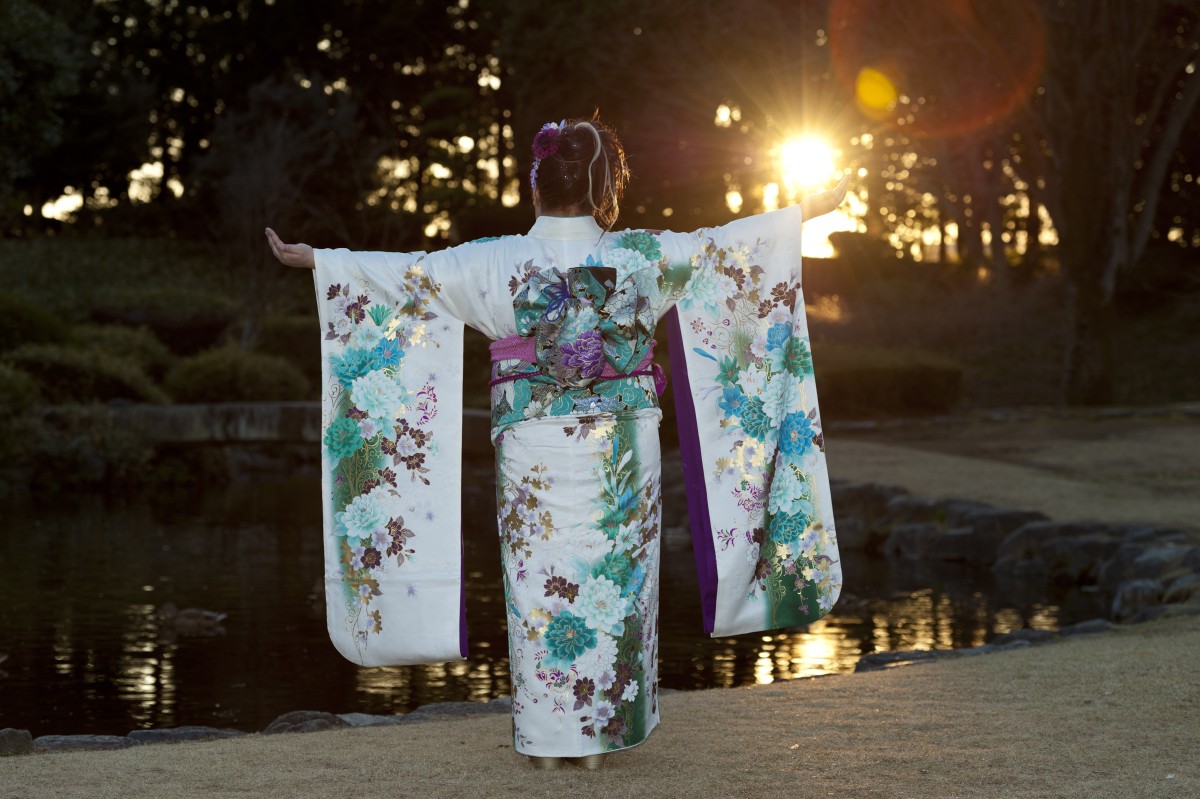
Traditional Festivals of January
Dezome-shiki (Firefighters' Parade)
Held in early January, the Dezome-shiki is a spectacular event organized by the Tokyo firefighters. It features parades of fire trucks, fire fighting demonstrations, and traditional acrobatics called hashigo-nori, performed on bamboo ladders. The event is a way to show appreciation for firefighters and to raise public awareness about the importance of fire safety.
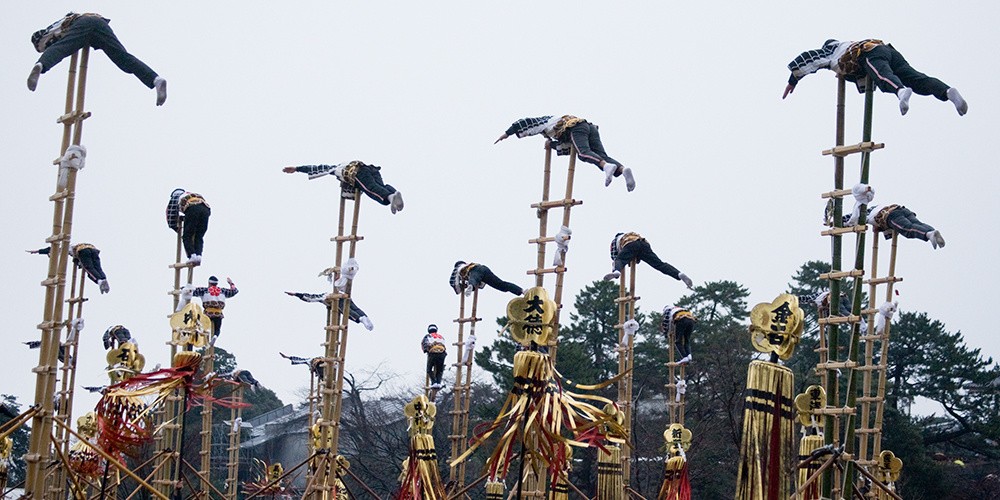
Tondo Matsuri (Burning Festival)
Tondo Matsuri is a purification festival that takes place in various regions of Japan. People bring ofuda (amulets) and New Year's decorations to be burned in large bonfires, symbolizing purification and sending prayers to the sky. The ritual marks the end of New Year celebrations and the beginning of everyday life with good omens.
During the festival, there is traditional food and cultural performances, and many take the opportunity to make wishes for health and protection in the upcoming year.
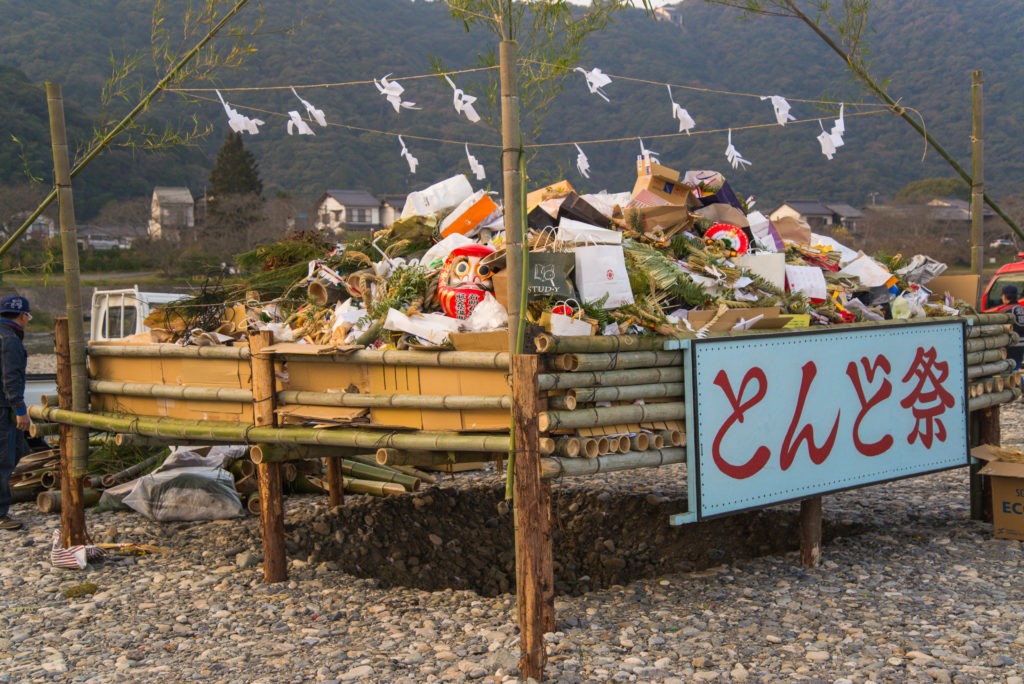
Special Events in January
Toka Ebisu Shrine (January 9 to 11, Osaka)
Toka Ebisu is a festival dedicated to the god of luck and prosperity, Ebisu, and takes place at the Imamiya Ebisu Shrine in Osaka. Thousands of visitors attend the event to purchase decorated bamboo branches, called fukuzasa, which bring good fortune for business. The festival is vibrant, with many people dressed in traditional clothing and vendors offering typical street food.
The streets around the shrine are packed with stalls and activities, and the event even includes a parade of women called fuku musume (lucky girls), who distribute bamboo branches to the visitors.
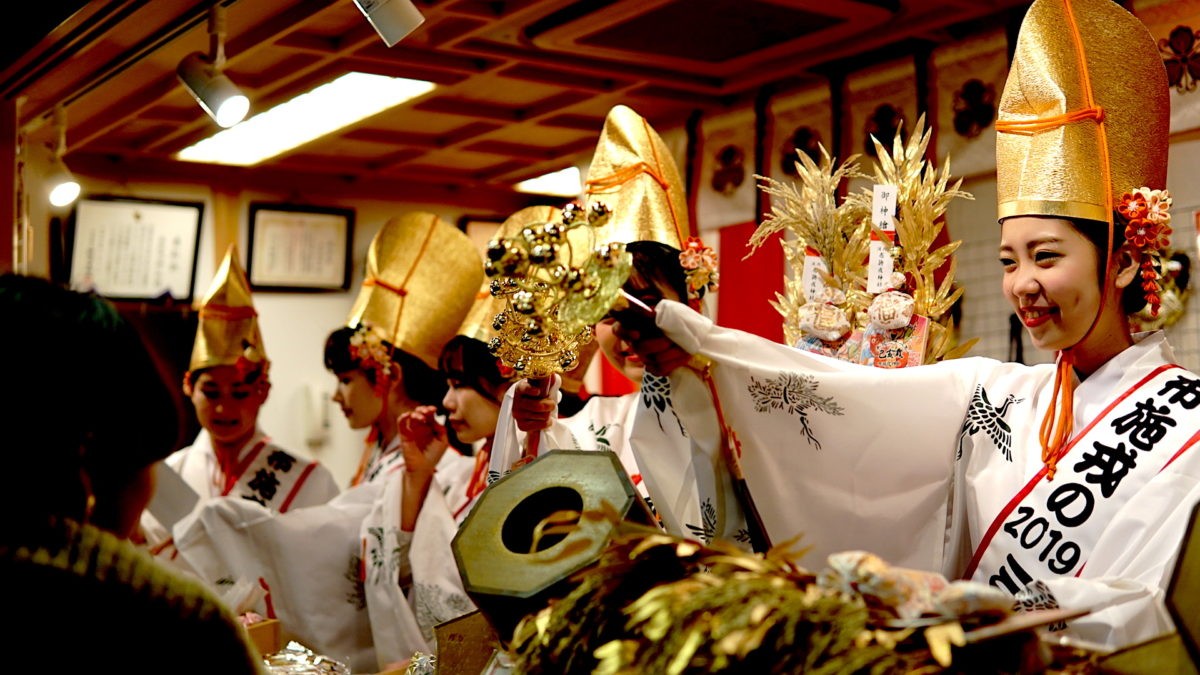
Hadaka Matsuri (Naked Man Festival)
The Hadaka Matsuri is an unusual and energetic event that takes place in various regions of Japan throughout the month of January. Although the festival has more well-known versions in February, some cities hold their own celebrations earlier. Participants, dressed only in fundoshi (traditional loincloth), engage in competitions that symbolize purification and resistance to the cold winter temperatures. It is believed that touching a naked man brings good luck for the year.
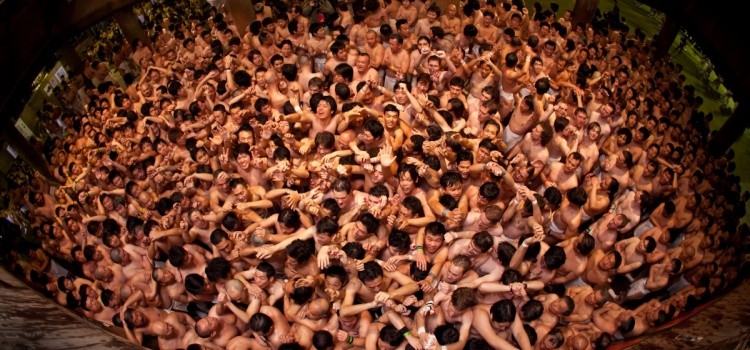
Sapporo Snow Festival (Pre-Events)
Although the main Sapporo Snow Festival takes place in February, preparation begins in January. The city of Sapporo, in Hokkaido, begins to carve the impressive snow and ice sculptures that are the highlight of the festival. It is possible to see the gigantic structures taking shape and to attend workshops related to winter sports and art exhibitions made of ice.
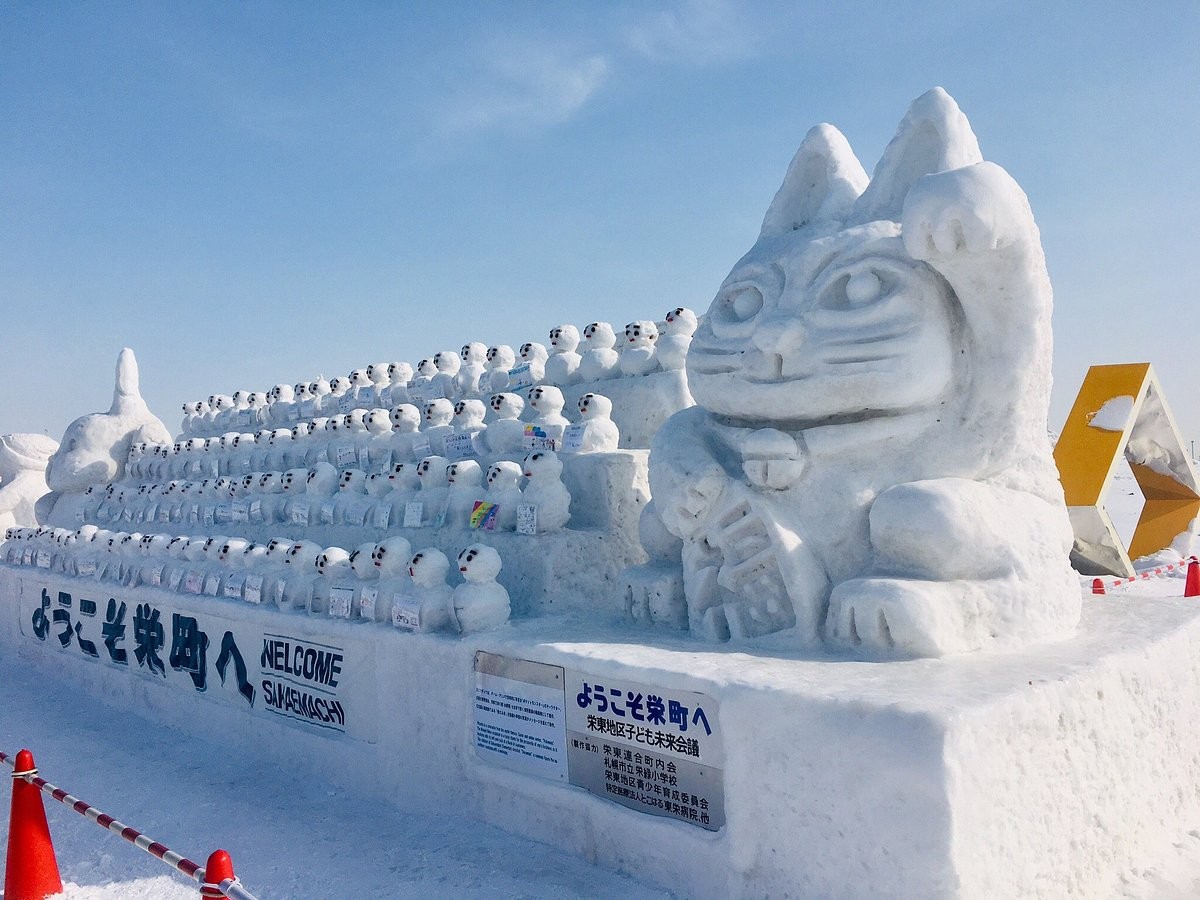
Cultural Traditions and Customs
Nanakusa-gayu (Seven Herb Rice Porridge)
On January 7th, many Japanese families eat nanakusa-gayu, a rice porridge with seven herbs, to promote health and longevity. This is a symbolic dish that cleanses the body after the excesses of the New Year festivities and marks a healthy new beginning. The herbs used vary by region, but the ritual is observed throughout the country.
First Experiences of the Year
January is also a month full of "firsts" that are seen as omens of what is to come:
- Hatsu-yume: The first dream of the year, believed to predict future fortune. If the dream includes auspicious symbols like Mount Fuji, an eagle, or an eggplant, good luck is guaranteed!
- Hatsu-uri: The first sale of the year, with stores offering special promotions called fukubukuro (lucky bags), where customers buy surprise bags of goods at discounted prices.
These events and festivals make January a special month to visit Japan, with a mix of tradition, celebration, and hope for the upcoming year. The combination of religious ceremonies and lively festivals creates a unique atmosphere of renewal and welcome.
